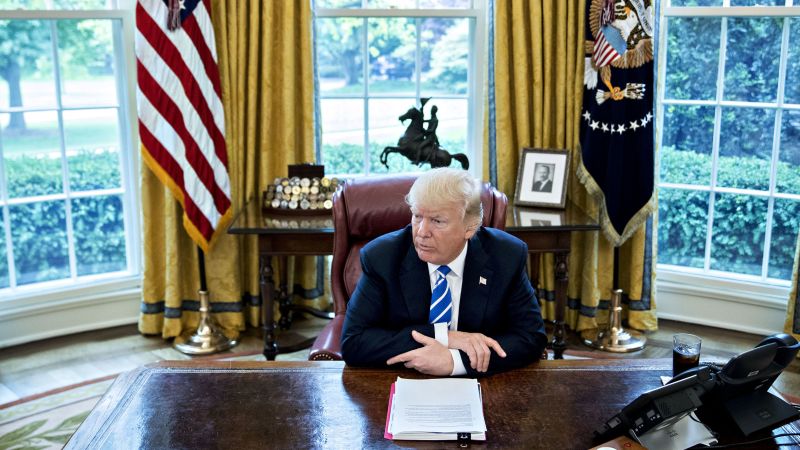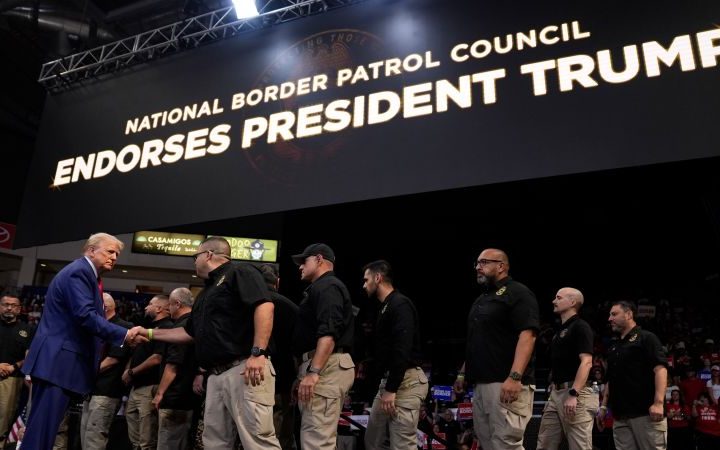Trump Organization executives considered tacking on “presidential premiums” to some of then-President Donald Trump’s properties in a way that would increase asset values and inflate his net worth in 2017, according to exhibits and testimony shown at Trump’s civil fraud trial on Friday.
Eric Haren of the attorney general’s office showed the court several versions of internal spreadsheets from 2017 financial documents prepared by Trump Org. employee Patrick Birney.
The various drafts of spreadsheets timestamped in October 2017 show calculations that include a “presidential” premium that marked up the valuations for certain assets 15 to 35 percent – significantly increasing the overall asset valuations.
Birney testified that his former boss, Trump Org. CFO Allen Weisselberg, was “probably” who told him to do it.
This idea came during the same year the valuation of Trump’s penthouse at Trump Tower took a hit after its square footage was corrected, reducing its size to 10,996 square feet from 30,000 square feet, something Trump incorrectly boasted about in previous years.
Birney and Weisselberg both confirmed during testimony this week that they changed the square footage of Trump’s penthouse apartment in his financial statements after a Forbes article published in 2017 accused Trump of lying about the size of his penthouse when the news outlet found the true measurements in records from the 1990s.
Ultimately the presidential premiums were never included on Trump’s financial statements.
Two weeks of testimony have now been completed at the ongoing civil trial brought by New York Attorney General Letitia James against Trump, his adult sons and their businesses.
Birney, who was a senior financial analyst in 2016 when he joined Trump Org., still works there, now as vice president of financial operations. He reiterated his previous testimony that Weisselberg or former controller Jeffrey McConney would determine what methods were used to value assets that were included on Trump’s financial statements.
Birney also testified that Weisselberg directed him to use low capitalization rates and top of the market comparable recent sales to value some of Trump’s assets. The use of a lower cap rate resulted in a higher valuation.
He also said he used a low cap rate to value a commercial property which they partnered with real estate investment company Vornado at 1290 6th Ave. in New York, despite expressing some concern to Weisselberg over the data.
Read the full article here







